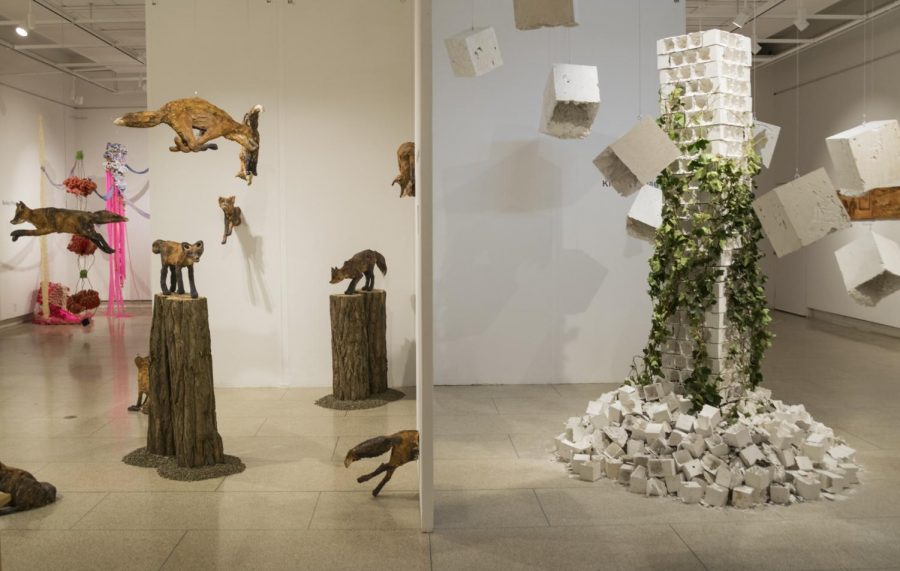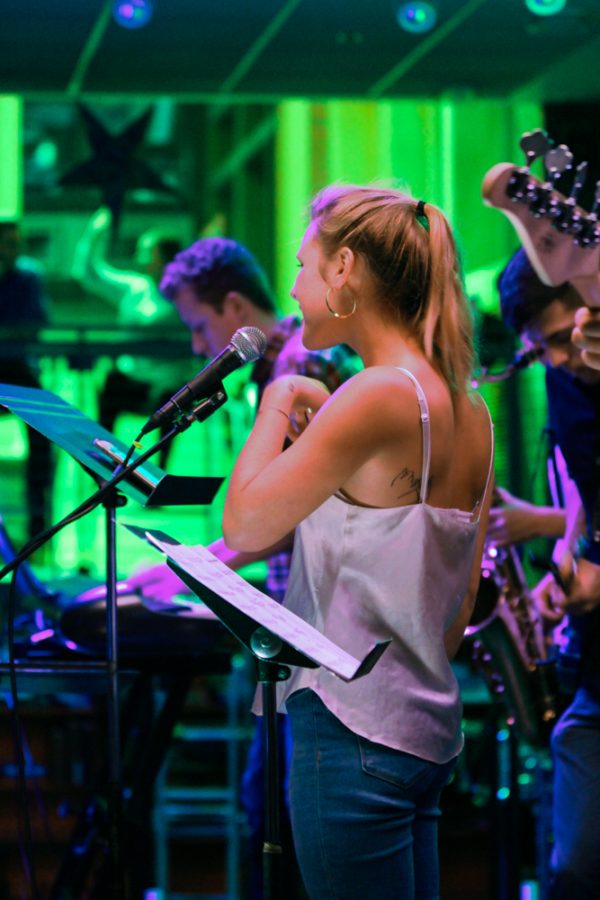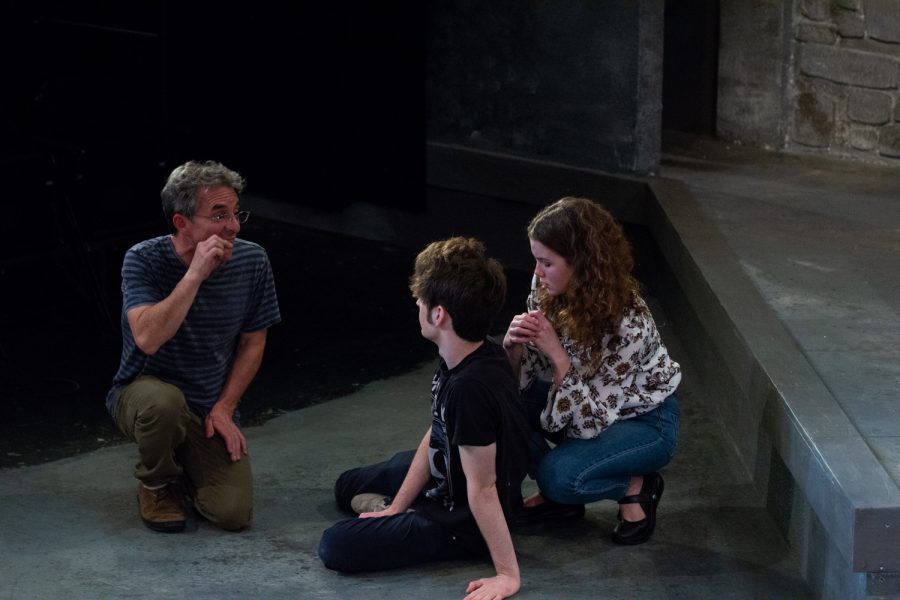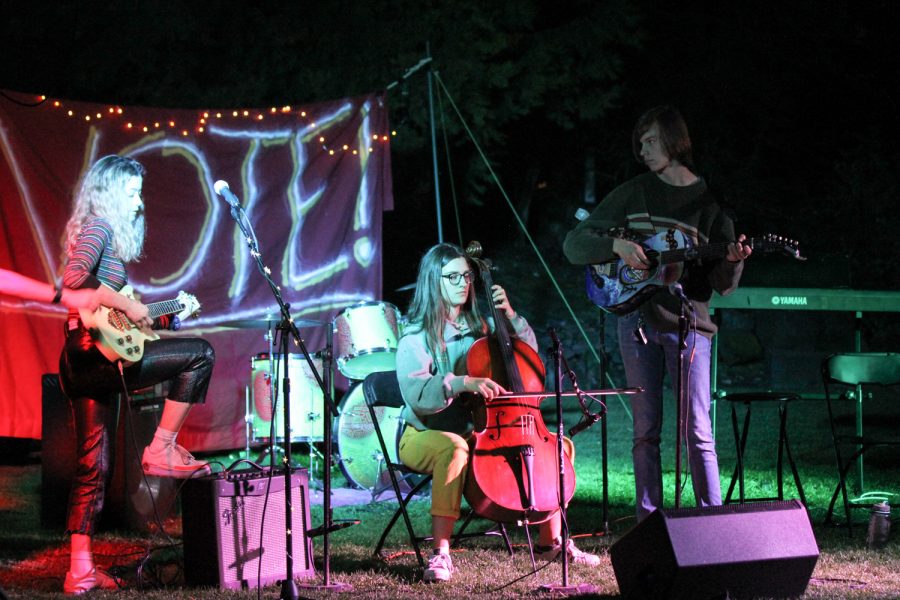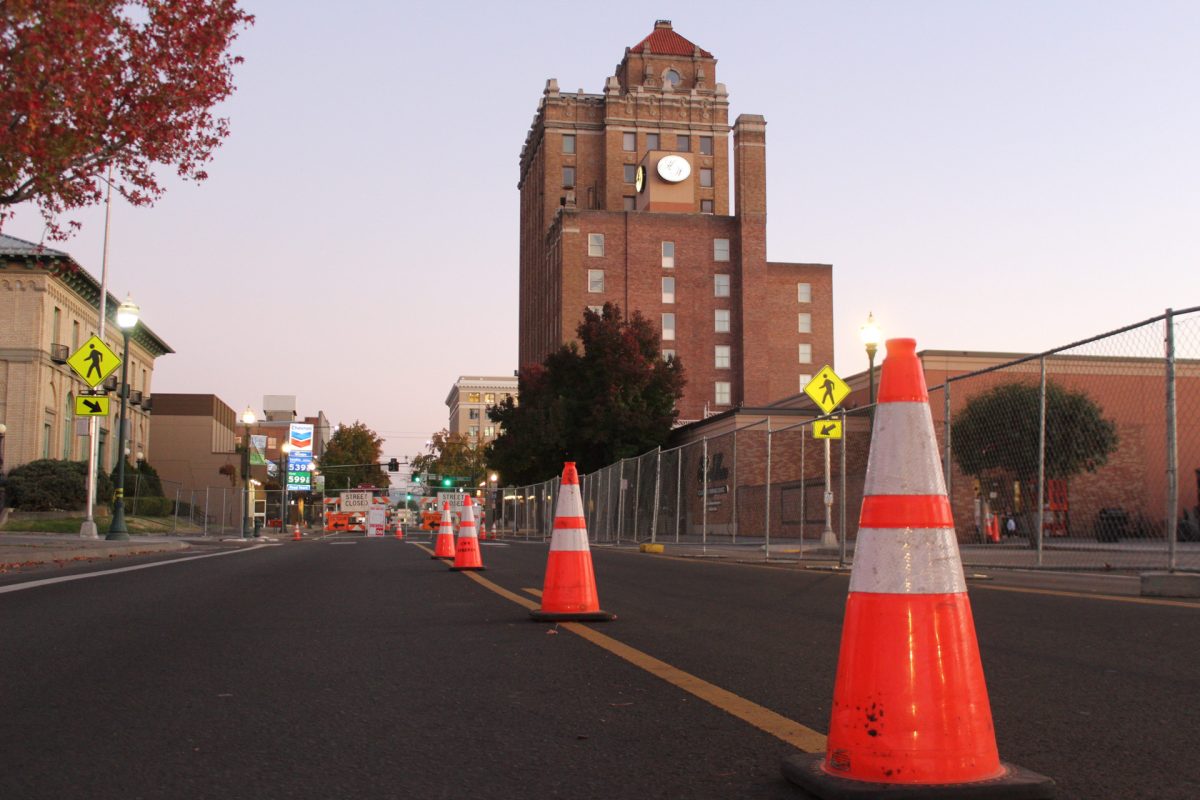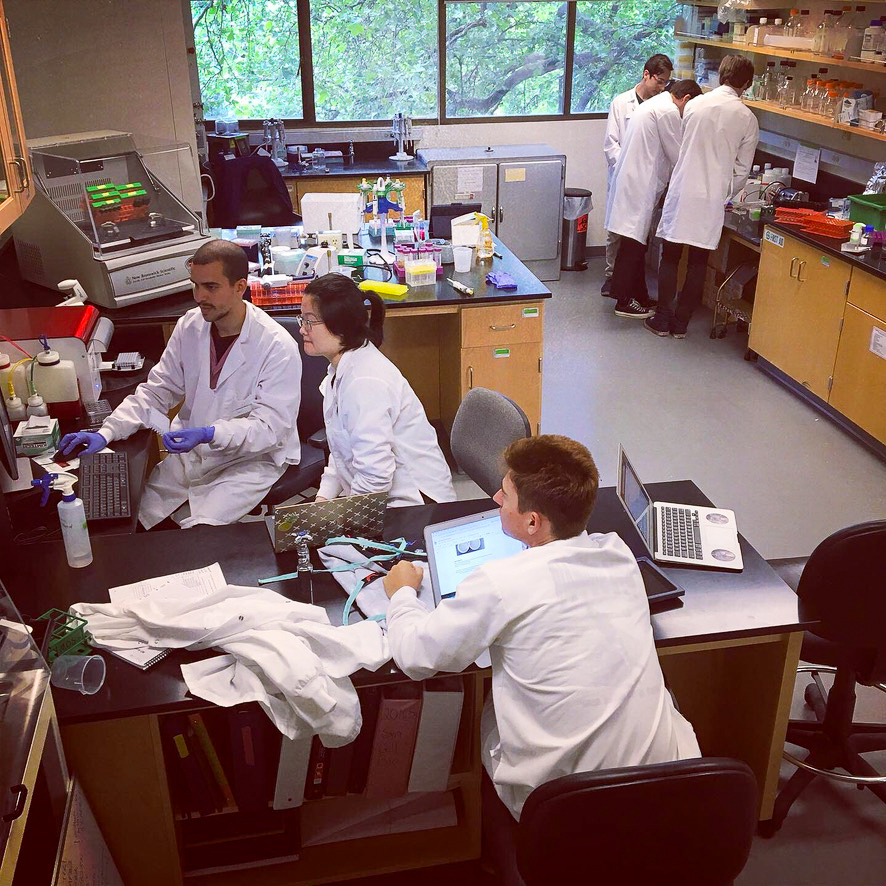Whitman’s performance of William Shakespeare’s play “The Tempest,” set to run from Feb. 27 through March 3 at Harper Joy Theatre, is one of high drama, suspense and action. The large cast of characters is able to synthesize all of these aspects, but the play would not be complete without the crew behind the scenes.

“The Tempest” tells the tale of Prospero and the controlled chaos he creates on his island when he seeks vengeance upon his brother. With elements of romance, humor and fantasy, the play’s mood and direction often change swiftly. The general feel the audience can get from a scene is not only a product of the acting, but the lighting as well. Two members of the light crew are first-years Quinn Lincoln and Jacob O’Connor. Both feel that lighting is an integral part of the show.
“Lighting is great for highlighting certain pieces within the play that are important,” said O’Connor.
This is certainly the case in “The Tempest,” when eerie blinking lights often serve to accentuate scenes involving Prospero’s use of magic. The lighting also gives the play a sense of place. Since the play is set on an island, blue and green lighting is often used to give the stage the feel of a beach or forest.
“I think lighting is one of the most important jobs in theatre,” said Lincoln. “People will always notice bad lights, but good lights can add a lot to the performance.”
The sound crew also adds significantly to experiencing “The Tempest.” First-year crew member Heather Gaya has worked on several plays this year as well as in high school.
“I was always more drawn to the technological aspect of theatre,” she said, a sentiment shared by Lincoln and O’Connor.
The sound crew is especially vital to the performance in moments of suspense when the audience will hear pulsating rhythm in the background of the scene. The beat is far from overwhelming, instead serving to build on the emotions conveyed by the actors.
“Sound can create subtle mood enhancement that can underscore what is happening onstage,” said Gaya.
The sound and light make “The Tempest” a more complete and encompassing experience. Since it is being performed on Harper Joy’s smaller stage, the Freimann Studio Theatre, the audience is given a very intimate look at the actors, who perform all around the crowd. With the light and sound serving as background to all of this action, the crowd gets to fully immerse itself in the play.
The light and sound crew in the same way have immersed themselves in the play.
“We’ve put a lot of time into this. We’ve been rehearsing about five hours a night since January,” Gaya said, showing the commitment it takes to be on the crew.
Despite this commitment, the crew will not get to soak in the applause received by the actors, but they are content to toil behind the scenes. While they remain in the background, the crew members for “The Tempest” play significant roles in making the show great.
[portfolio_slideshow]













